Home>Furniture & Design>Outdoor Furniture>How To Weatherproof Wood For Outdoor Use
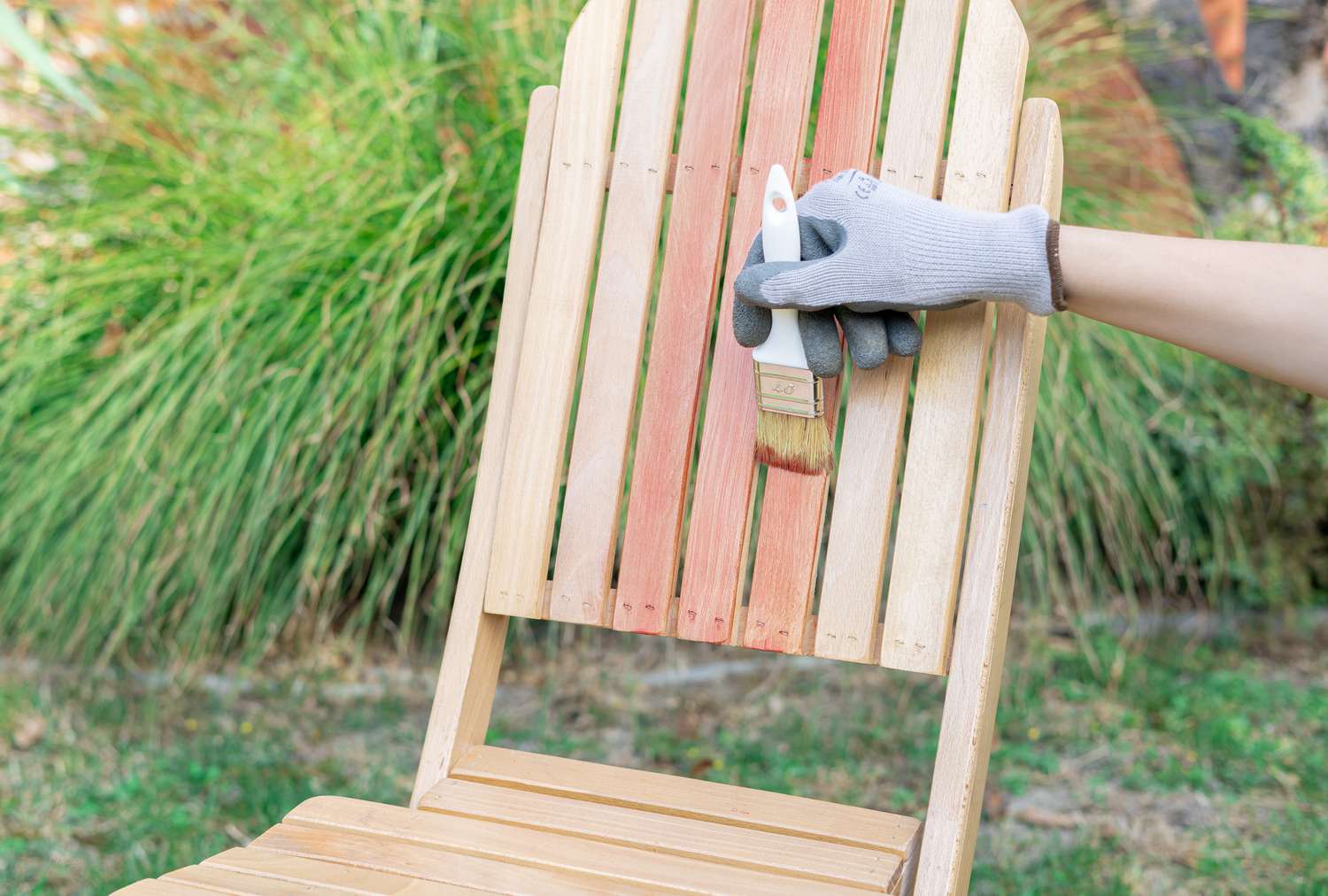

Outdoor Furniture
How To Weatherproof Wood For Outdoor Use
Modified: January 20, 2024
Learn how to weatherproof wood for outdoor use and protect your outdoor furniture with our expert tips and techniques. Ensure your outdoor furniture and design lasts with proper weatherproofing.
(Many of the links in this article redirect to a specific reviewed product. Your purchase of these products through affiliate links helps to generate commission for Storables.com, at no extra cost. Learn more)
Introduction
When it comes to outdoor furniture and design, wood has always been a popular choice due to its natural beauty and timeless appeal. However, using wood outdoors exposes it to the elements, which can lead to deterioration over time. To preserve the integrity and aesthetics of wood furniture and structures, weatherproofing is essential.
In this comprehensive guide, we will delve into the art of weatherproofing wood for outdoor use. Whether you're a seasoned DIY enthusiast or a homeowner looking to protect your outdoor wooden investments, understanding the intricacies of weatherproofing is crucial. By the end of this article, you will have the knowledge and confidence to effectively weatherproof wood, ensuring its longevity and beauty in any outdoor setting.
Let's embark on this journey to unlock the secrets of weatherproofing wood, allowing you to savor the splendor of outdoor wooden furniture and structures for years to come.
Key Takeaways:
- Protecting outdoor wood with weatherproofing preserves its beauty and durability, ensuring it withstands elements like moisture, UV rays, and microbial threats for long-lasting enjoyment.
- Choosing the right wood and meticulously preparing and applying weatherproofing sealant are essential for maintaining outdoor wood furniture and structures, enhancing their resilience and visual appeal.
Understanding the Importance of Weatherproofing
Weatherproofing wood is not merely a matter of enhancing its durability; it is a fundamental step in preserving its natural allure and structural integrity when exposed to the elements. Outdoor wooden furniture and structures are constantly subjected to a barrage of environmental stressors, including moisture, UV rays, temperature fluctuations, and microbial growth. Without proper protection, these elements can lead to a range of issues such as warping, rotting, fading, and mold or mildew growth.
By weatherproofing wood, you create a shield that repels moisture, prevents UV-induced discoloration, and inhibits fungal and bacterial growth. This proactive approach significantly extends the lifespan of outdoor wood, reducing the need for frequent repairs or replacements. Furthermore, weatherproofing enhances the wood’s resistance to cracking and splitting, ensuring that it maintains its structural integrity despite exposure to harsh outdoor conditions.
Beyond functional preservation, weatherproofing contributes to the aesthetic longevity of outdoor wood. It helps retain the natural color and grain patterns, preventing the gradual dulling or graying that often occurs with unprotected wood exposed to sunlight and moisture. This means that your outdoor wooden furniture and structures will continue to exude warmth and elegance, adding a touch of natural beauty to your outdoor spaces for years to come.
Ultimately, weatherproofing wood is a proactive investment in the longevity, aesthetics, and structural soundness of outdoor wooden elements. By recognizing and addressing the challenges posed by outdoor environments, you can ensure that your wood furniture and structures remain resilient, visually appealing, and a source of pride and comfort in your outdoor oasis.
Choosing the Right Type of Wood
When it comes to weatherproofing wood for outdoor use, selecting the right type of wood is a critical first step. Not all wood varieties are created equal in terms of their natural resistance to outdoor elements. Understanding the characteristics of different wood species and their suitability for outdoor applications is essential for achieving long-lasting and visually appealing results.
One of the most popular choices for outdoor furniture and structures is teak. Renowned for its natural oils and tight grain, teak is exceptionally resistant to moisture, rot, and pests, making it a premier option for outdoor use. Its inherent durability and stunning golden-brown hue make it a favored material for outdoor dining sets, benches, and loungers.
Cedar is another favored wood for outdoor applications due to its natural resistance to decay and insects. Western red cedar, in particular, is prized for its rich color and exceptional weathering properties. It is often used in the construction of outdoor pergolas, decking, and siding, adding rustic charm and longevity to outdoor spaces.
For a more budget-friendly option, consider pressure-treated pine. Treated with preservatives to resist decay and insect damage, this wood is a practical choice for outdoor furniture and structures. Its versatility and affordability make it a popular selection for outdoor picnic tables, Adirondack chairs, and garden beds.
Redwood, known for its striking reddish-brown hue and natural resistance to decay and insects, is also a top contender for outdoor wood projects. Its stability, durability, and distinctive appearance make it an ideal choice for crafting outdoor benches, tables, and decorative elements.
It’s important to note that regardless of the wood species chosen, proper weatherproofing is crucial to enhance its longevity and maintain its visual appeal. Even the most naturally durable woods can benefit from the added protection provided by weatherproofing sealants, ensuring that they withstand the rigors of outdoor exposure for years to come.
By carefully considering the inherent properties of different wood species, you can make an informed decision that aligns with your aesthetic preferences, budget, and the specific environmental challenges of your outdoor space. This thoughtful selection sets the stage for successful weatherproofing and long-term enjoyment of your outdoor wooden investments.
Preparing the Wood Surface
Before applying weatherproofing sealant, proper preparation of the wood surface is essential to ensure optimal adhesion and long-lasting protection. The goal of surface preparation is to create a clean, smooth, and porous substrate that allows the sealant to penetrate effectively and form a strong bond with the wood. Here are the key steps to prepare the wood surface for weatherproofing:
- Clean the Wood: Begin by thoroughly cleaning the wood surface to remove any dirt, grime, mildew, or previous coatings. Use a mild detergent or specially formulated wood cleaner and a stiff-bristled brush to scrub the surface. Rinse with water and allow the wood to dry completely before proceeding.
- Sand the Surface: After the wood has dried, lightly sand the surface to smooth out any rough areas, remove mill glaze from new wood, and open up the pores of the wood. Use a medium-grit sandpaper, following the grain of the wood to avoid creating visible scratches. This step promotes better adhesion and absorption of the weatherproofing sealant.
- Remove Dust: Once the sanding is complete, thoroughly remove all sanding dust from the surface. A tack cloth or a vacuum with a brush attachment can be used to eliminate any residual dust particles that could interfere with the application of the sealant.
- Test for Absorption: Test the wood’s absorbency by applying a few drops of water to the surface. If the water beads up and does not penetrate the wood after a few minutes, additional sanding may be necessary to open up the pores. The wood should readily absorb the water, indicating that it is ready to receive the weatherproofing sealant.
By diligently preparing the wood surface, you create an ideal foundation for the weatherproofing process, maximizing the effectiveness and longevity of the sealant. This meticulous approach sets the stage for a durable and visually appealing weatherproofed finish that safeguards your outdoor wood against the elements.
To weatherproof wood for outdoor use, apply a waterproof sealant or outdoor wood stain to protect it from moisture and UV rays. Reapply the sealant or stain every 1-3 years for best results.
Applying Weatherproofing Sealant
Once the wood surface is meticulously prepared, the next crucial step in weatherproofing involves the application of a high-quality sealant. The sealant serves as a protective barrier, shielding the wood from moisture, UV rays, and other environmental stressors while enhancing its natural beauty. Here’s a comprehensive guide to effectively applying weatherproofing sealant to outdoor wood:
- Choose the Right Sealant: Select a weatherproofing sealant specifically formulated for outdoor wood applications. Options include clear sealants that preserve the wood’s natural color and tinted sealants that add a touch of color while providing protection. Consider factors such as UV resistance, water repellency, and durability when choosing the ideal sealant for your project.
- Follow Manufacturer’s Instructions: Carefully read and adhere to the manufacturer’s instructions regarding application techniques, drying times, and safety precautions. Some sealants may require stirring before use, while others may recommend specific temperature and humidity conditions for optimal application.
- Apply Evenly: Use a high-quality brush, roller, or sprayer to apply the sealant evenly across the wood surface. Work methodically in the direction of the wood grain to ensure thorough coverage and minimize the risk of streaks or uneven application. Pay special attention to end grains and joints, as these areas are more susceptible to moisture infiltration.
- Allow for Absorption: Allow the sealant to penetrate the wood for the specified time recommended by the manufacturer. This absorption phase is crucial for the sealant to bond with the wood fibers, providing long-lasting protection. Excess sealant should be wiped away to prevent drips and ensure a uniform finish.
- Apply Multiple Coats: Depending on the type of sealant and the porosity of the wood, multiple coats may be necessary to achieve the desired level of protection. Follow the recommended drying times between coats and lightly sand the surface between applications to promote adhesion and a smooth finish.
- Monitor Drying Conditions: After the final coat is applied, monitor the drying conditions to ensure that the sealant cures properly. Avoid exposing the freshly sealed wood to rain or excessive moisture during the drying process, as this can compromise the effectiveness of the sealant.
By following these steps with precision and care, you can harness the full protective potential of weatherproofing sealant, safeguarding your outdoor wood against the elements while accentuating its natural charm. This investment of time and effort ensures that your outdoor wooden furniture and structures remain resilient and visually captivating, enriching your outdoor living experience for years to come.
Read more: What To Use To Treat Wood For Outdoor Use
Additional Tips for Maintaining Weatherproofed Wood
While weatherproofing effectively shields outdoor wood from the elements, proactive maintenance is key to preserving its beauty and structural integrity over time. By incorporating the following tips into your maintenance routine, you can prolong the lifespan of weatherproofed wood and uphold its allure in the face of outdoor challenges:
- Regular Cleaning: Periodically clean weatherproofed wood surfaces with a mild detergent and water to remove dirt, pollen, and other debris. This simple practice prevents the buildup of substances that can compromise the sealant and diminish the wood’s appearance.
- Inspect for Wear: Routinely inspect weatherproofed wood for signs of wear, such as peeling or flaking sealant, particularly in high-traffic areas or those exposed to direct sunlight. Promptly addressing any issues with spot refinishing can prevent moisture from infiltrating the wood and causing damage.
- Refresh the Sealant: Depending on the type of sealant used and the level of exposure, plan to reapply the weatherproofing sealant as recommended by the manufacturer. This proactive approach ensures that the wood remains effectively protected, prolonging its lifespan and visual appeal.
- Protect from Elements: Whenever possible, shield weatherproofed wood furniture and structures from prolonged exposure to harsh elements. Utilize covers or seek sheltered storage during inclement weather to minimize the impact of moisture, UV rays, and extreme temperatures.
- Address Mold and Mildew: If mold or mildew appears on weatherproofed wood, address it promptly using a solution of water and mild detergent or a specialized wood cleaner. Thoroughly rinse and dry the wood before applying a mildew-resistant sealant to prevent recurrence.
- Trim Surrounding Foliage: Trim back foliage and vegetation near outdoor wood structures to promote air circulation and reduce the accumulation of moisture, which can contribute to mold growth and wood decay.
By integrating these maintenance practices into your outdoor wood care regimen, you can fortify the protective benefits of weatherproofing and uphold the enduring charm of your outdoor wooden investments. With regular attention and care, weatherproofed wood can continue to enrich your outdoor spaces with its natural beauty and functionality, creating a welcoming and enduring outdoor sanctuary.
Conclusion
Weatherproofing wood for outdoor use is a transformative process that not only fortifies the durability of wooden furniture and structures but also preserves their innate beauty in the face of nature’s elements. By understanding the significance of weatherproofing and embracing the best practices for wood preparation, sealant application, and ongoing maintenance, you can elevate the longevity and visual appeal of outdoor wood, ensuring that it remains a cherished feature of your outdoor living spaces.
Choosing the right type of wood sets the stage for successful weatherproofing, allowing you to harness the natural resilience and aesthetic qualities of premium wood species. Whether it’s the timeless elegance of teak, the rustic charm of cedar, or the affordability of pressure-treated pine, each wood type brings its unique attributes to outdoor settings, ready to be safeguarded through weatherproofing.
Preparing the wood surface with meticulous care ensures that the weatherproofing sealant can effectively bond with the wood, creating a durable and resilient shield against moisture, UV rays, and microbial threats. This essential step maximizes the protective potential of the sealant, laying the groundwork for long-lasting outdoor wood preservation.
Applying weatherproofing sealant demands precision and attention to detail, from selecting the right product to methodically coating the wood surface for optimal protection. By following the recommended application techniques and maintenance guidelines, you can uphold the integrity and visual allure of weatherproofed wood, allowing it to thrive in outdoor environments for years to come.
Additional maintenance tips, such as regular cleaning, proactive inspections, and timely sealant refreshment, empower you to actively preserve the beauty and functionality of weatherproofed wood. By integrating these practices into your outdoor wood care routine, you can ensure that your outdoor wooden furniture and structures remain resilient, visually captivating, and a source of enduring enjoyment.
In essence, weatherproofing wood for outdoor use is a holistic endeavor that combines practical knowledge, meticulous craftsmanship, and ongoing care to safeguard the timeless allure of wood in outdoor settings. By embracing the art of weatherproofing, you can savor the natural beauty and functionality of outdoor wood, creating inviting and enduring outdoor spaces that beckon with warmth and charm.
So, embark on this journey with confidence, armed with the knowledge and insights to weatherproof wood for outdoor use, and revel in the enduring splendor of your outdoor wooden investments.
Frequently Asked Questions about How To Weatherproof Wood For Outdoor Use
Was this page helpful?
At Storables.com, we guarantee accurate and reliable information. Our content, validated by Expert Board Contributors, is crafted following stringent Editorial Policies. We're committed to providing you with well-researched, expert-backed insights for all your informational needs.
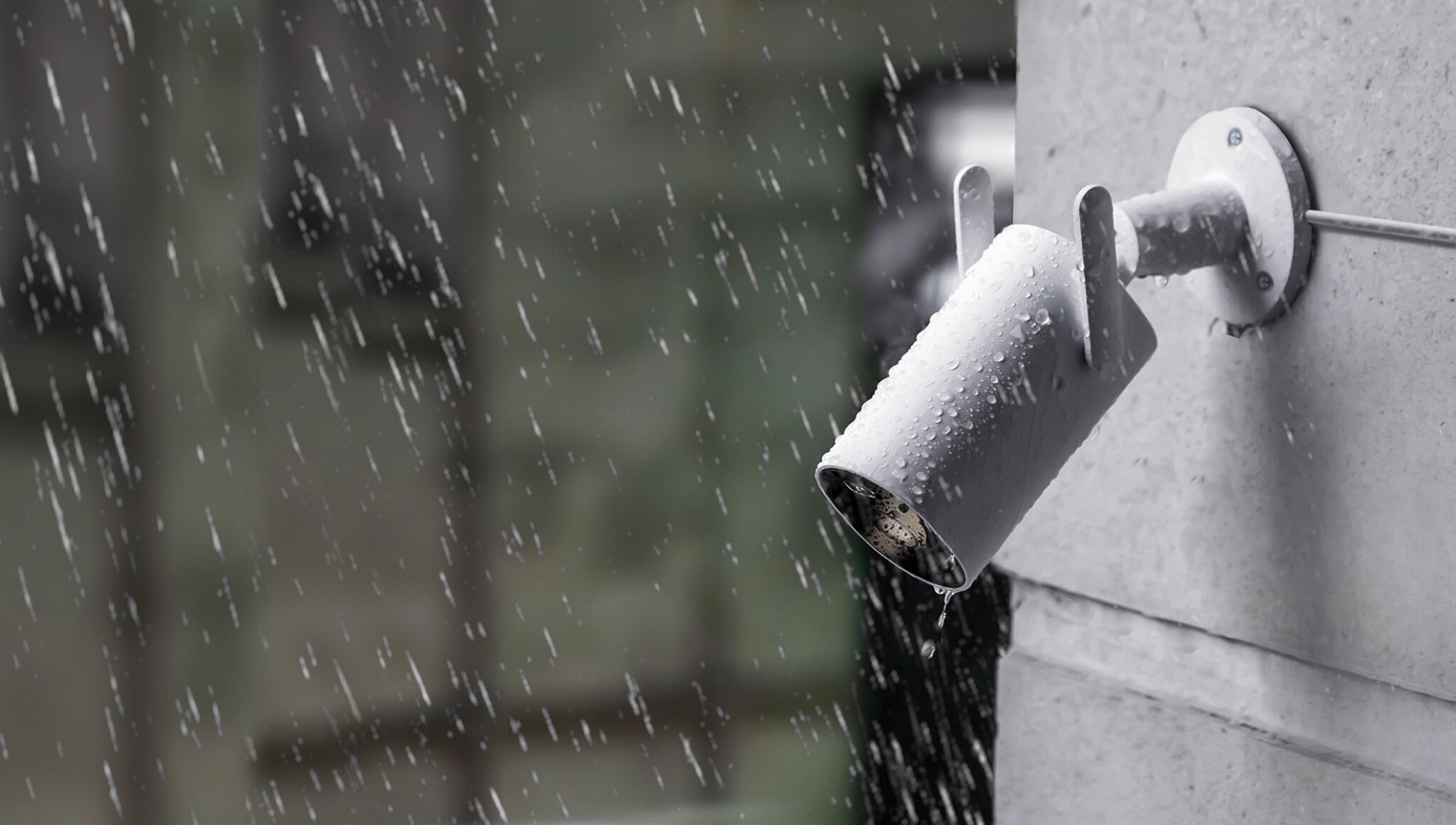
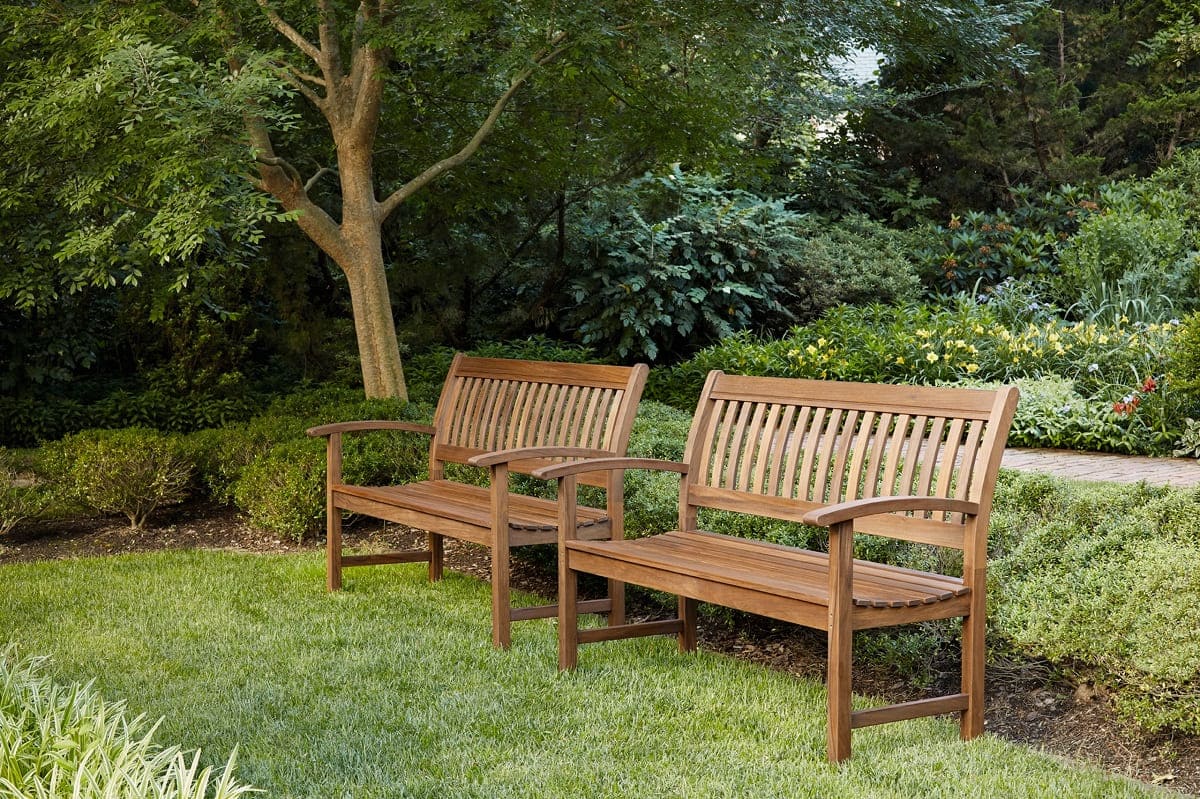
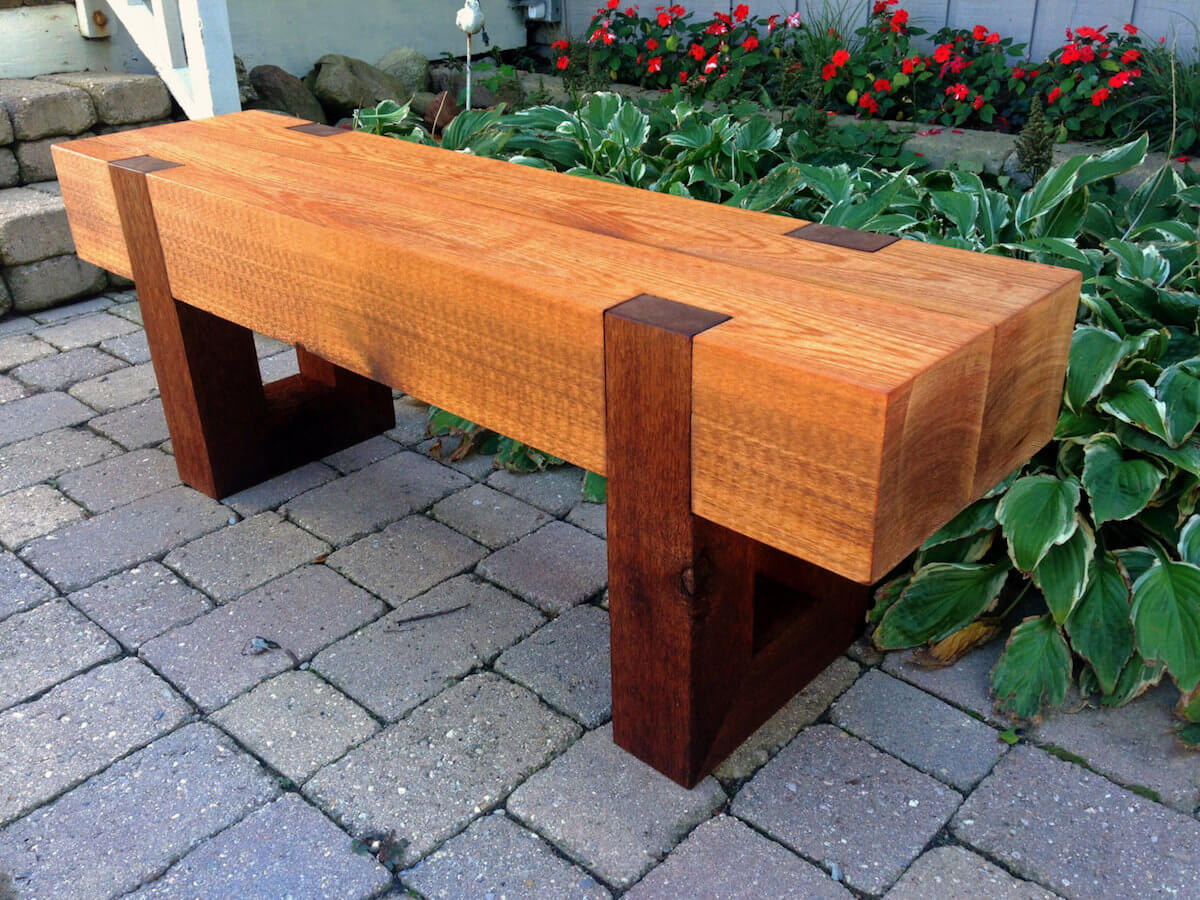
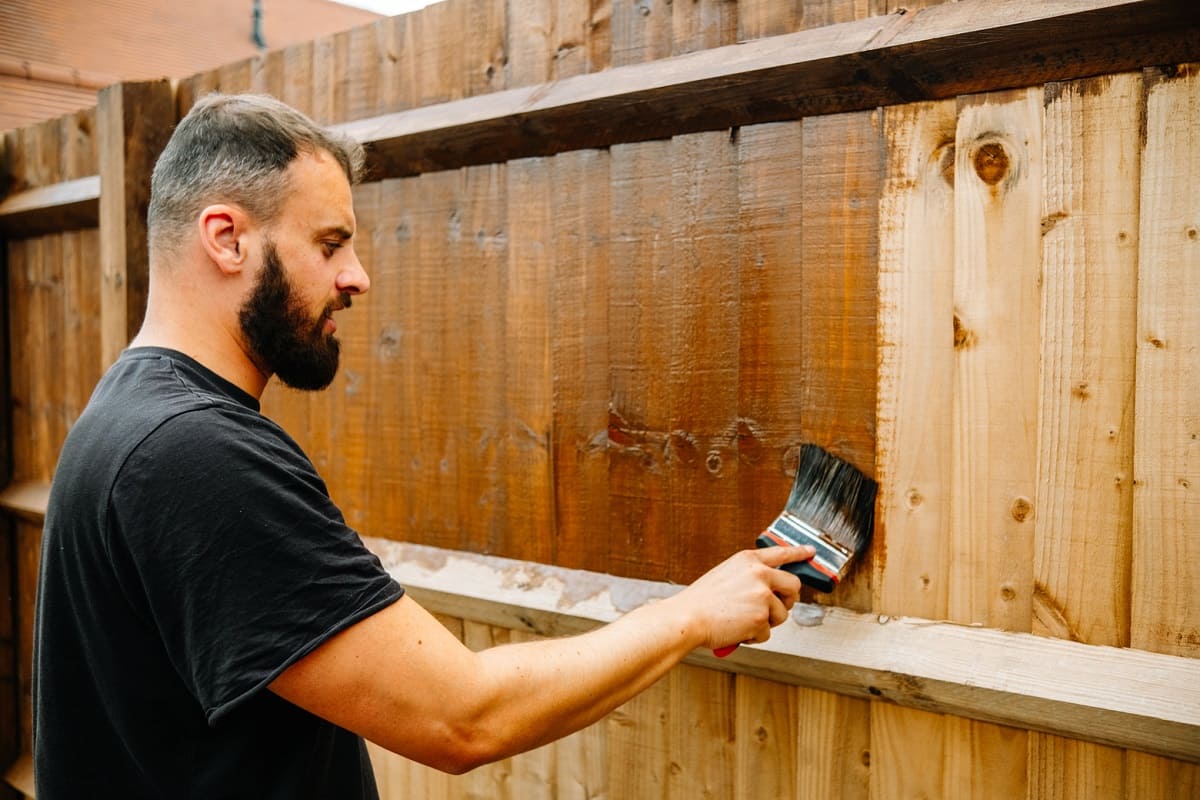
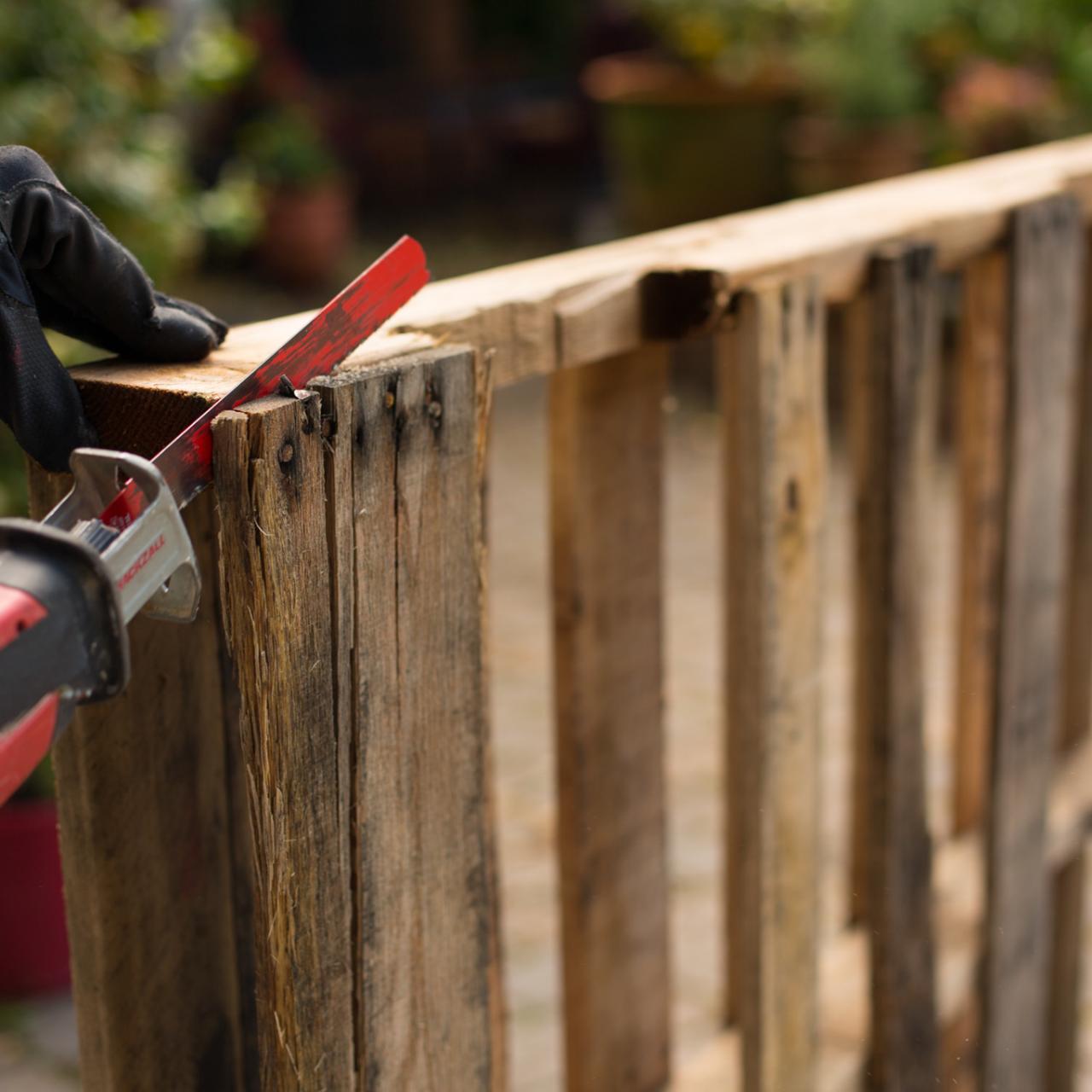
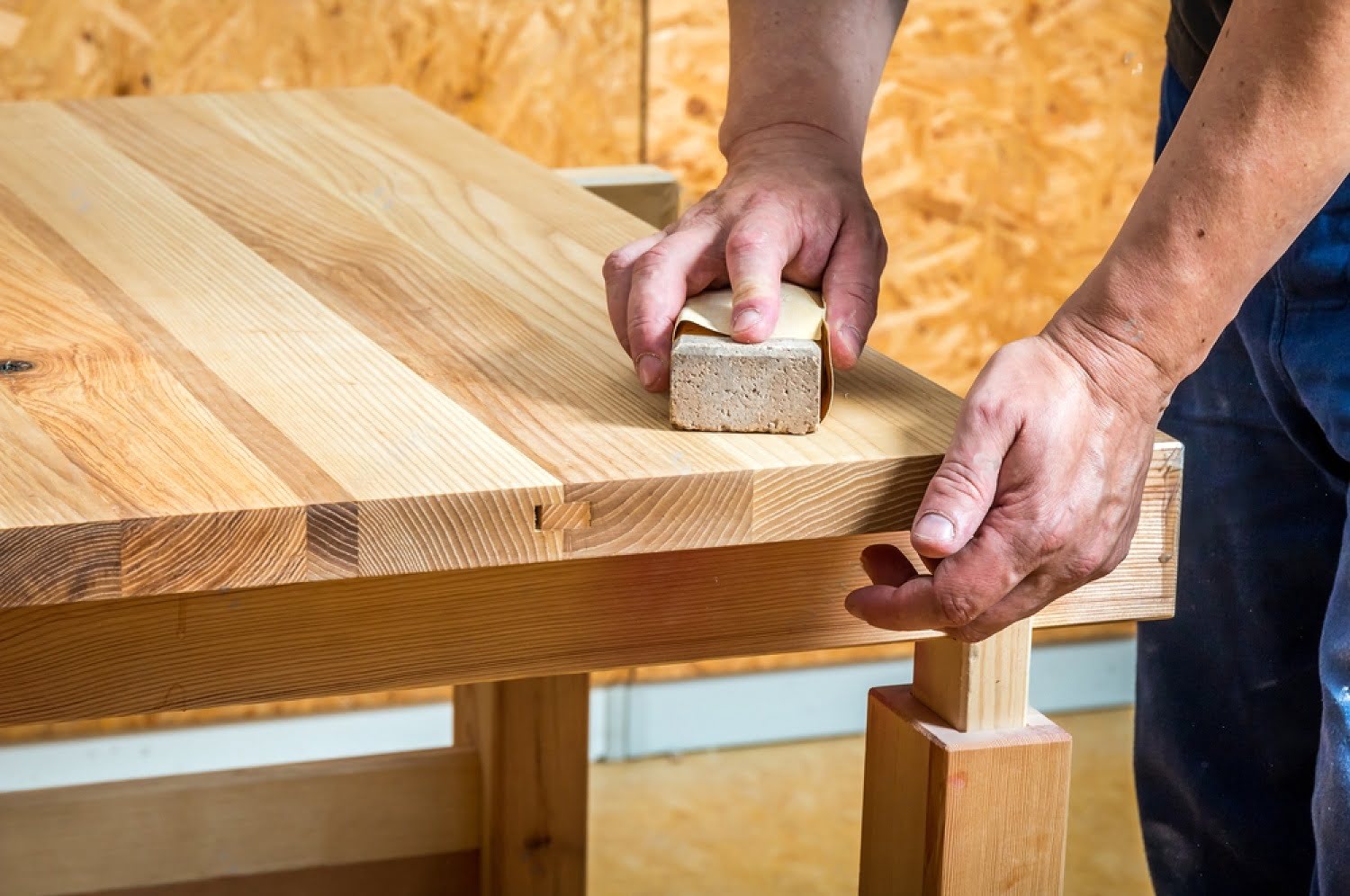
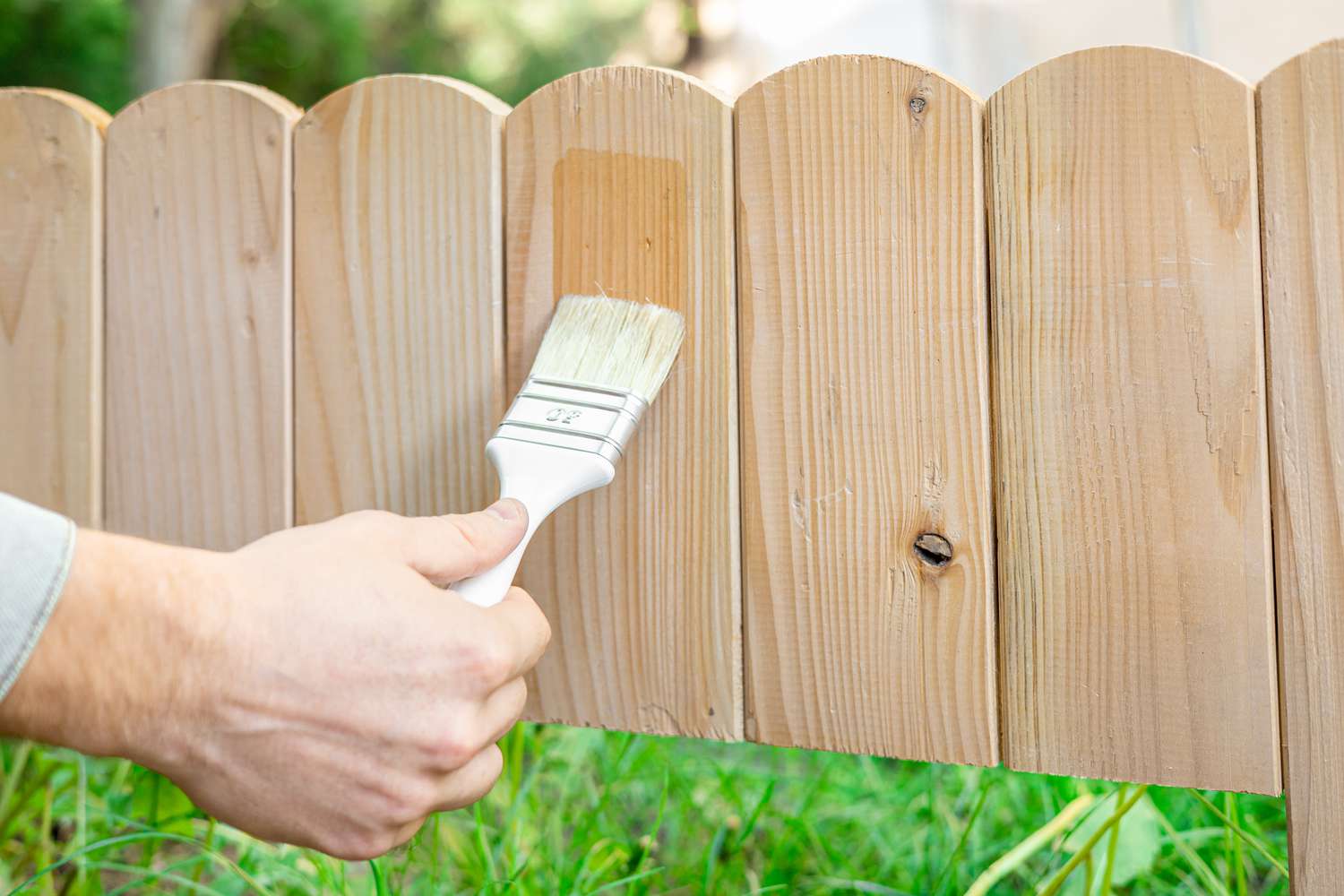
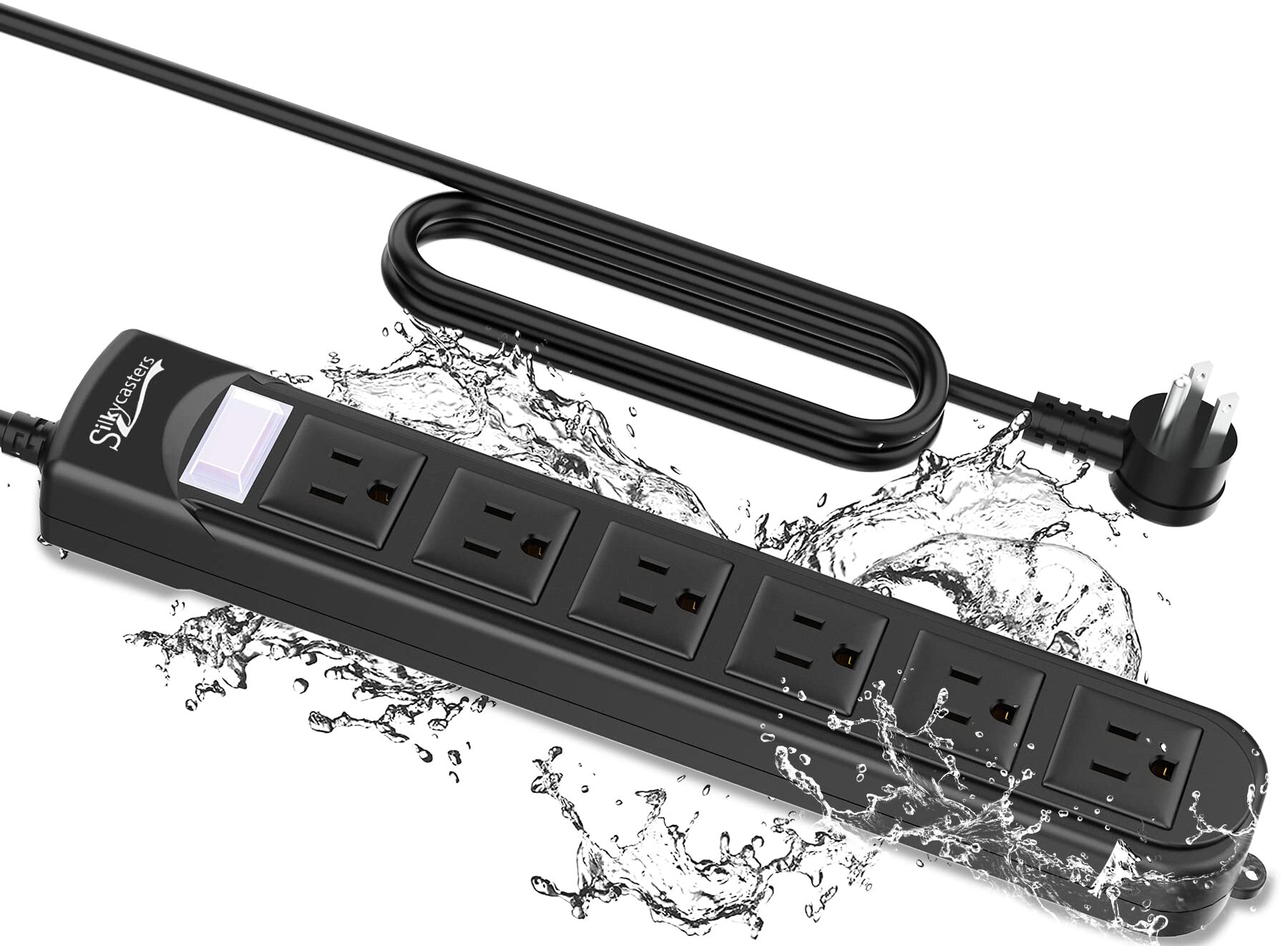
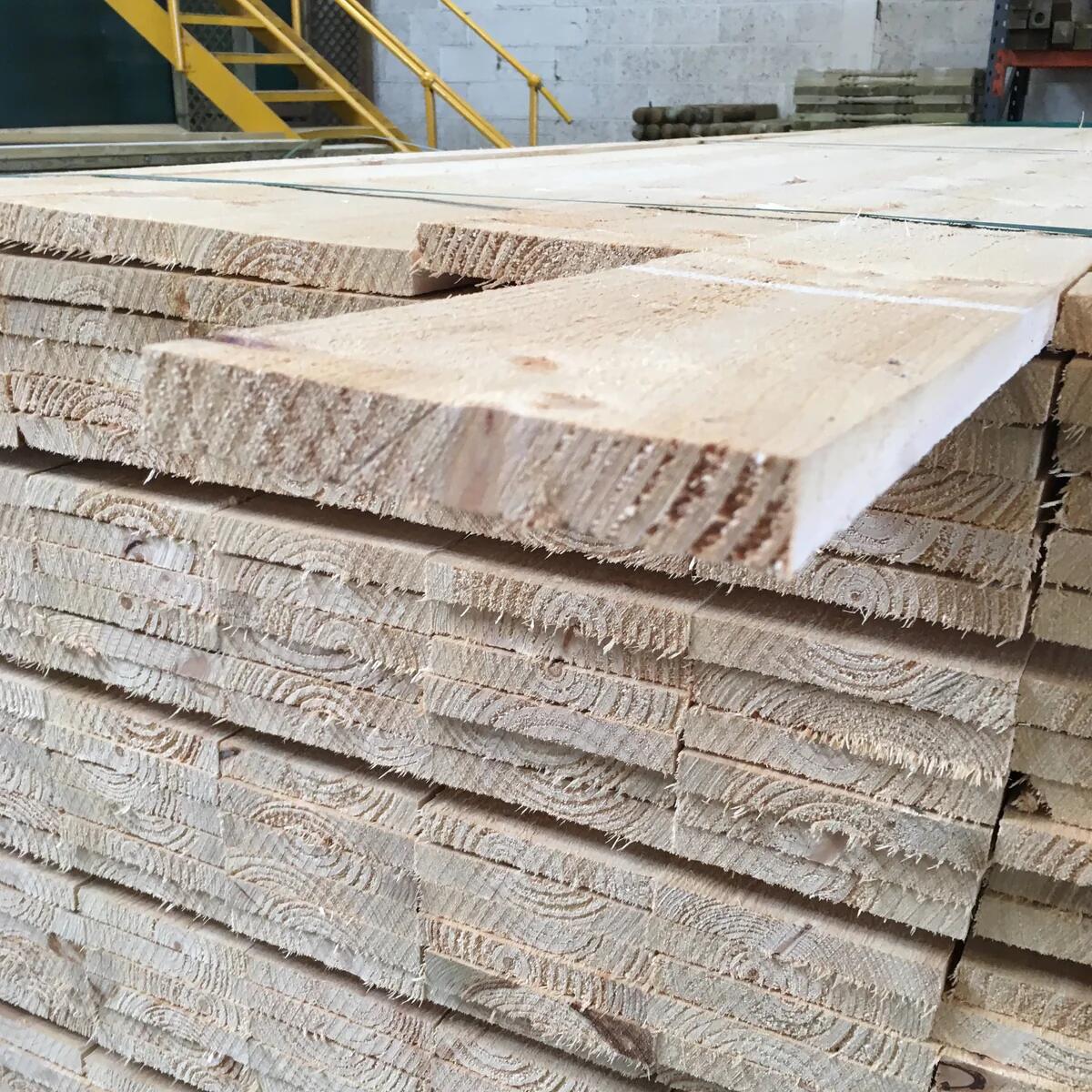
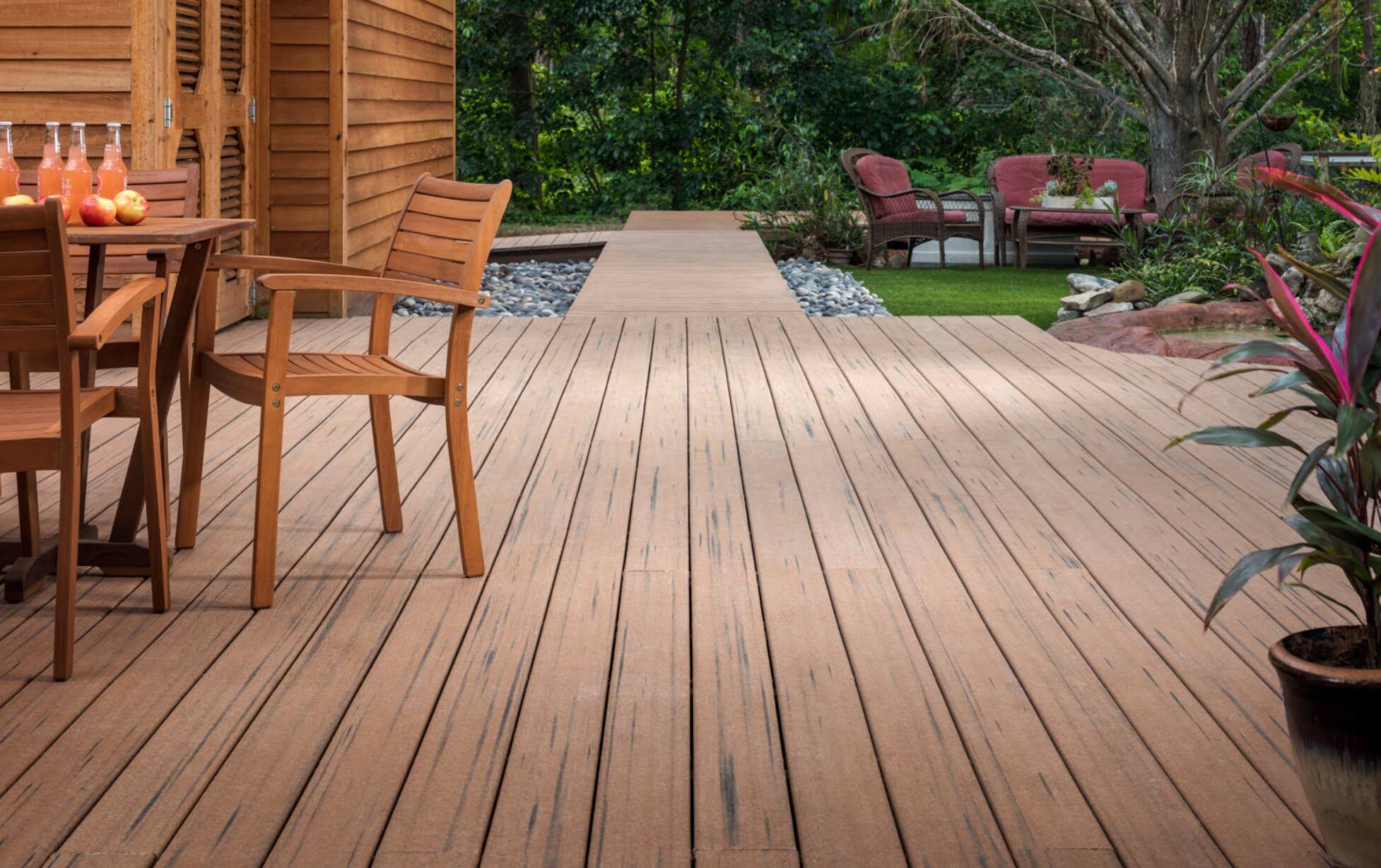
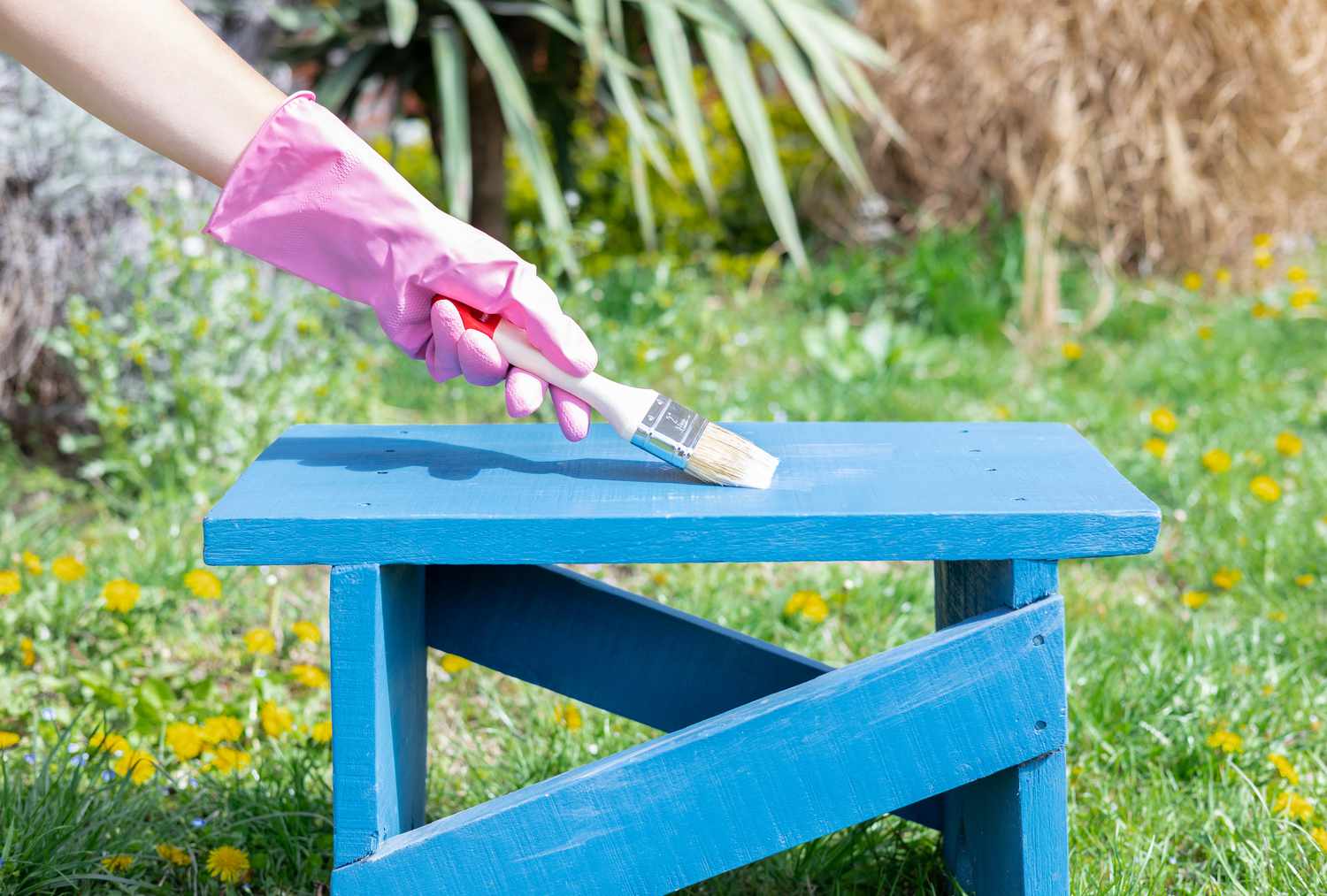
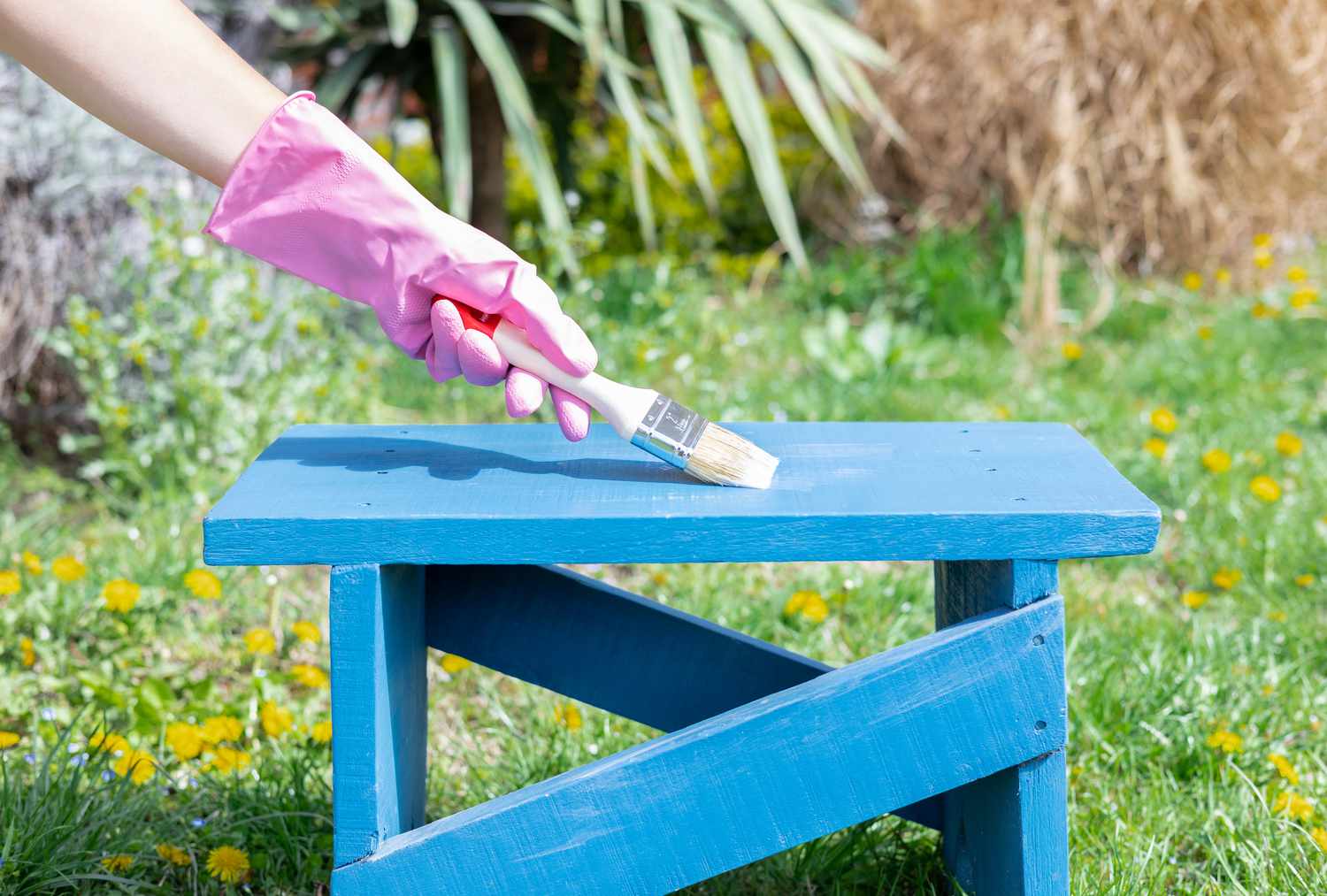

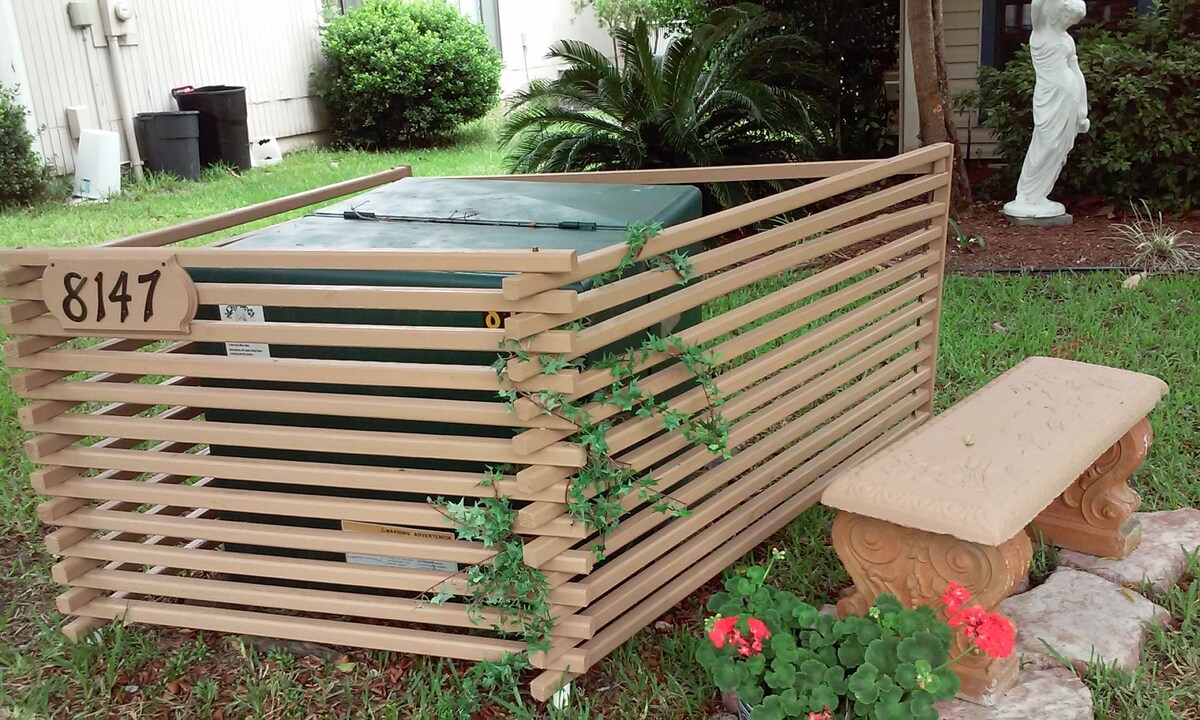

0 thoughts on “How To Weatherproof Wood For Outdoor Use”